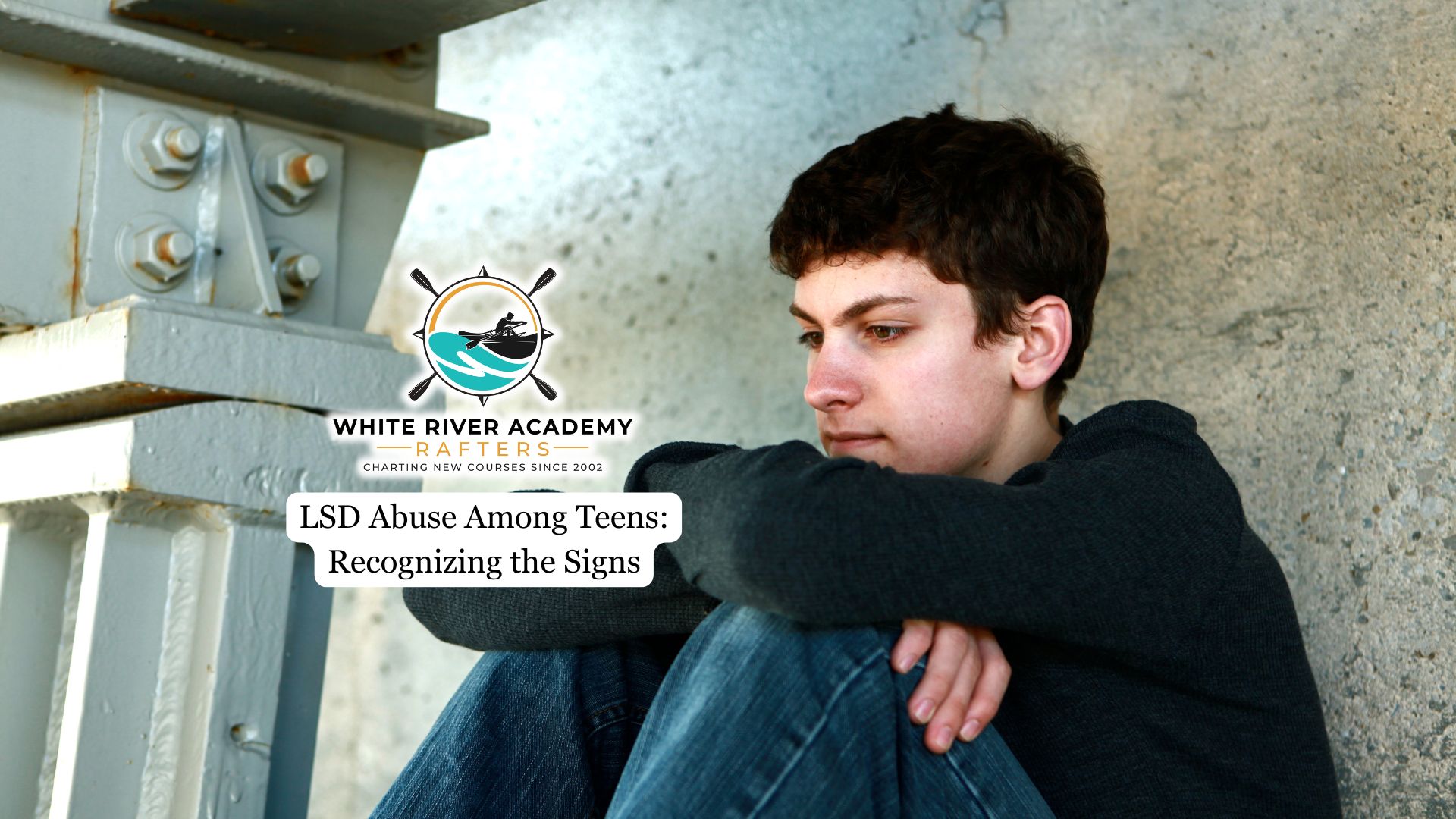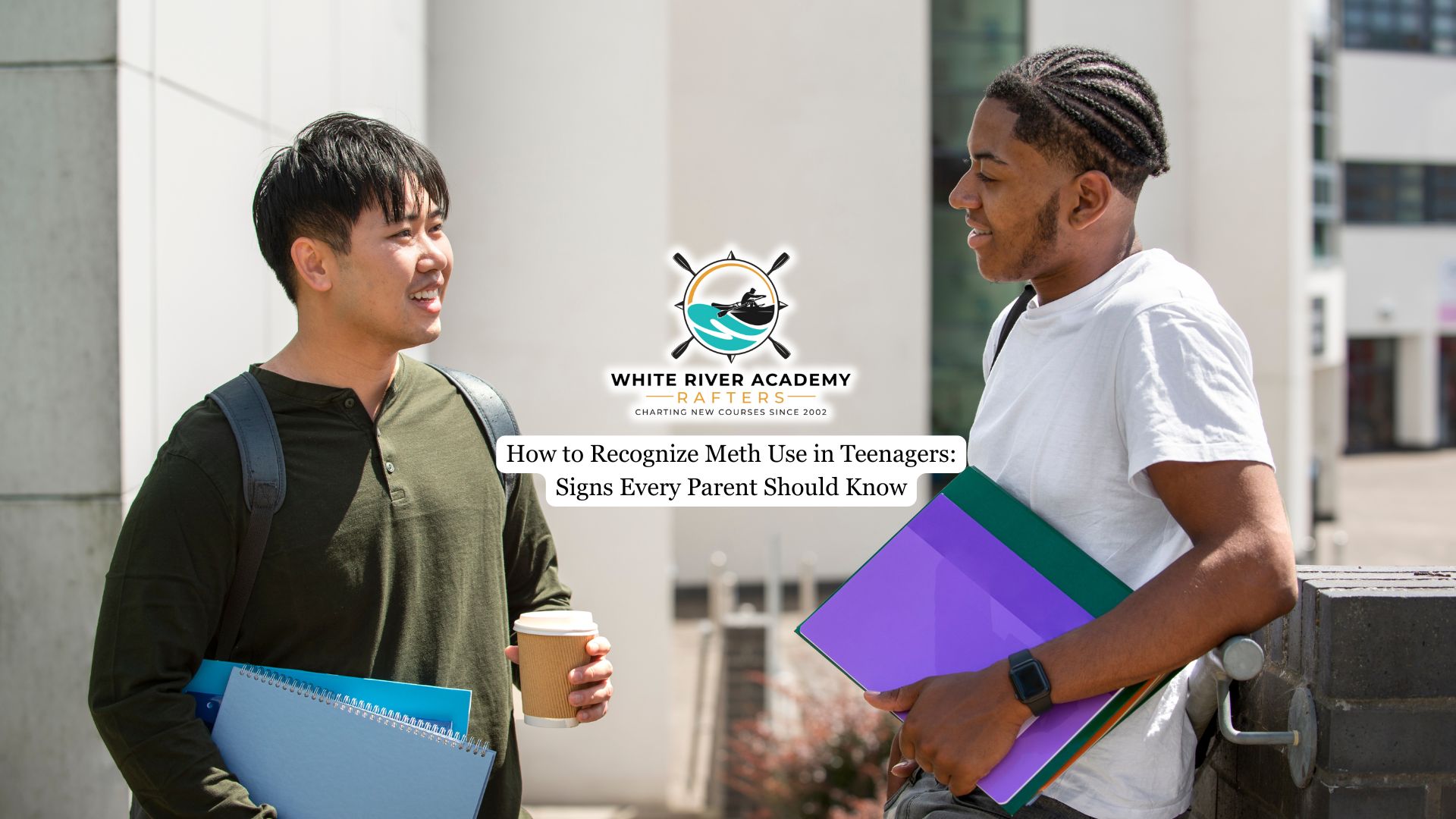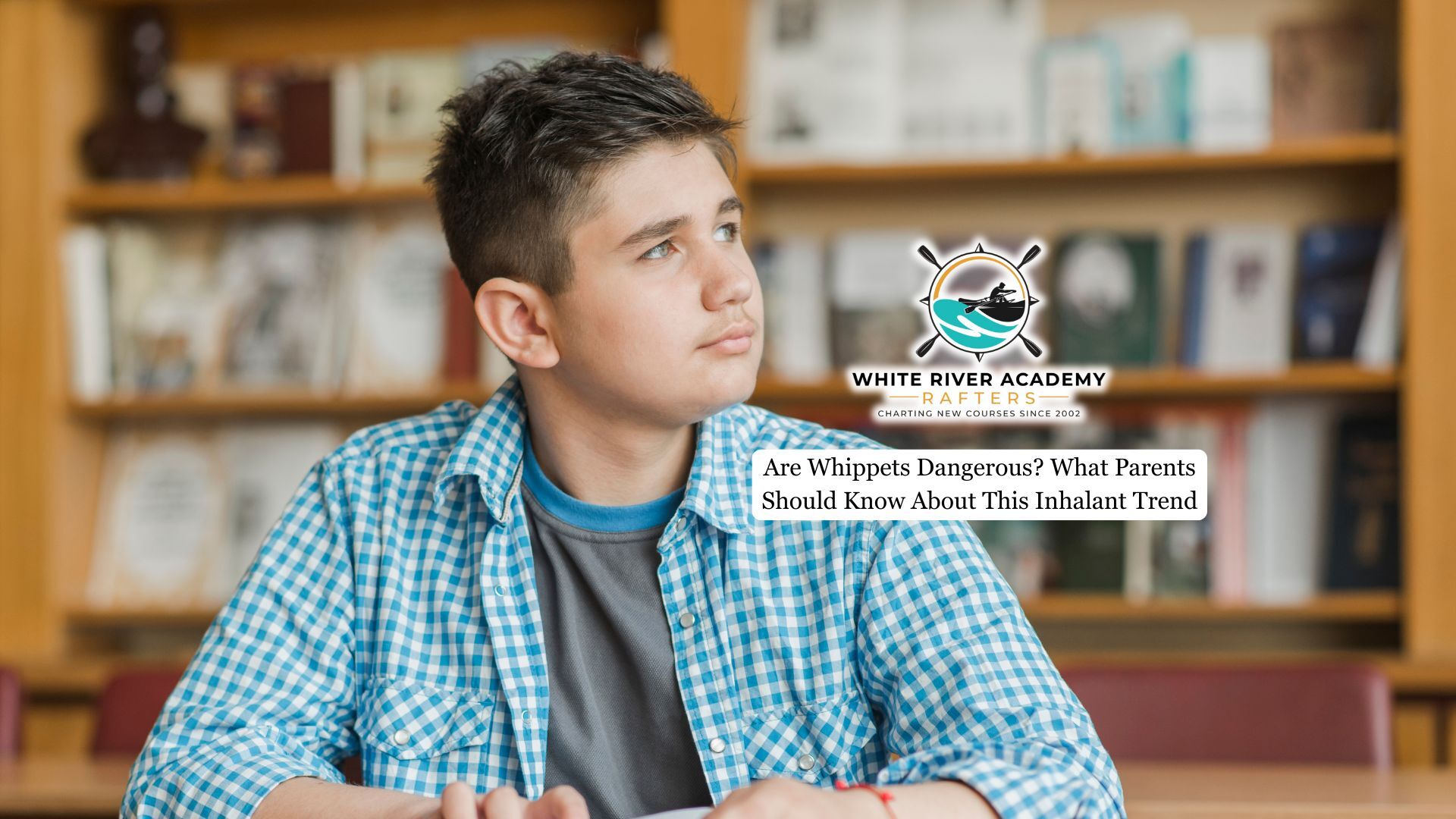Lysergic acid diethylamide, commonly known as LSD or “acid,” is a powerful hallucinogenic drug that has found a troubling foothold among teenagers. Its unique characteristics, such as being distributed on colorful, dissolvable blotter paper and lacking obvious physical traces, make it particularly appealing and easy to conceal for youth.
It is not always easy to spot the warning signs, especially since some behaviors can blend in with typical adolescent development. This article will showcase the warning signs your teenager might be abusing LSD and guide on when to seek professional help.
Why Teens Use LSD
Peer pressure plays a significant role in teen substance abuse, as adolescents are particularly vulnerable to the influence of their social circles. They often face intense pressure to fit in with their peers, which can lead them to experiment with drugs – even if they initially have no interest in doing so.
Curiosity plays a big role, too – maybe you have heard stories about the “trippy” experiences wherein they want to see for themselves what it is like to use the drug. The substance’s colorful, discreet packaging adds to its appeal, making it easy to hide and experiment with at parties or gatherings.
Sometimes, they might only want to escape daily stress or personal issues, hoping LSD’s altered perceptions provide relief. Looking up to the rebellious image from past generations, the urge to try it can become even stronger.
Specialized treatment for teen LSD addiction is necessary to help young people overcome hallucinogen addiction and restore a healthier and sober lifestyle.
Dangers and Consequences
Teenagers are vulnerable to addiction because of a mix of brain, mental, social, and genetic influences. During adolescence, the brain undergoes significant changes, particularly in the areas responsible for decision-making, impulse control, and risk evaluation, and remains partially immature until around age 25. As a result, young people are more likely to engage in risky behaviors and experiment with substances.
The dangers of LSD are often underestimated, but this drug can trigger intense, frightening hallucinations that may last up to 12 hours. These episodes can lead to panic, confusion, and even long-term psychological issues like anxiety and paranoia.
The developing brain of your teenager is especially susceptible to the disruptive effects of LSD, which alters sensory perception, mood, and cognition.
Physical Signs
Physical symptoms of LSD use can be subtle but noticeable to attentive observers. Common signs include:
- Dilated pupils
- Excessive sweating or chills
- Elevated heart rate
- Nausea or vomiting
- Loss of appetite
- Restlessness and impaired coordination
- Increased body temperature
Impaired motor coordination can also make a teen appear clumsy or shaky, possibly putting them at risk for accidents.
These symptoms may appear during or shortly after LSD use and can be mistaken for other illnesses, but often accompany the drug’s psychological effects.
After extended use, you might notice signs of exhaustion or disorientation among adolescents, as hallucinogenic episodes can last up to 12 hours. Neglected personal hygiene and sudden weight changes are additional physical indicators that should not be overlooked.
Behavioral and Psychological Signs
You might notice withdrawal from friends, family, or previously enjoyed activities—signals that your behavioral health could be slipping.
Recognizing the signs of drug use in teens can be challenging, as many warning signs may overlap with typical adolescent behavior. Early warning signs often include subtle behavioral changes, but as substance use progresses, more pronounced behavioral shifts may appear, especially if teens begin associating with peers who use drugs.
Teenagers under the influence of LSD or abusing it may exhibit:
- Incoherent or “loopy” speech
- Difficulty concentrating or making decisions
- Extreme mood swings, from euphoria to despondency
- Anxiety, paranoia, or panic attacks
- Poor judgment and impulsivity
- Obsession with obtaining and using LSD
- Manipulative or secretive behavior to hide use
LSD use can heighten emotions, distorted perceptions, and sometimes terrifying fears of losing control or going insane. These symptoms may persist beyond the immediate “trip,” affecting daily functioning and relationships.
Increased tolerance – needing more LSD for the same effect – is another clear warning sign. Psychological effects may also include ongoing distress, manifested in episodes of paranoia or even flashbacks.

Cognitive and Perceptual Signs
Beyond changes in mood and behavior, LSD abuse in teens also brings about distinct shifts in thinking and perception. You might notice cognitive signs such as:
- Visual or auditory hallucinations (e.g., “seeing” sounds or “hearing” colors)
- A distorted sense of time, feeling it slow down or speed up
- Confusion or disorientation
- Difficulty distinguishing reality from hallucination
- Memory lapses or impaired recall
- A sense of detachment from self or surroundings
Differentiating LSD Use from Typical Teen Behavior
Many signs of LSD use – such as mood swings, irritability, or withdrawal – can overlap with typical adolescent behavior, making detection challenging. Unexpected and unclear shifts in social groups, school performance, or enthusiasm for activities, especially when paired with secrecy or paranoia, might point to drug use rather than normal teenage issues.
Unlike ordinary ups and downs, acid use can trigger emotional extremes – like sudden euphoria or anxiety lasting up to 12 hours. Frequent substance use, rather than occasional experimentation, also signals a deeper issue.
You should look for patterns rather than isolated incidents and consider whether the teen exhibits signs of impaired reality testing or hallucinations, which are not typical of normal adolescent development.
Seeking Professional Help
If you suspect a teen is using or abusing LSD, the first step is to educate yourself about the drug’s effects and risks. Open, non-judgmental communication with the teen is important but can be difficult, as many teens are reluctant to discuss drug use with their parents. In such cases, involving an addiction specialist can be crucial. Teens are often more willing to talk to a neutral third party, and professional guidance can lead to effective treatment and recovery.
Early intervention is vital when facing teenage drug use and health risks, as it can prevent long-term psychological harm and potential addiction. Since there are no specific medications for LSD addiction, treatment focuses on behavioral therapies and psychosocial support to address cravings and underlying issues. Treatment options may include counseling, behavioral therapies, and support groups tailored to adolescents.
Final Thoughts from White River Academy
Spotting the signs of LSD use in teens can feel overwhelming, but early, calm, and compassionate action makes a real difference. Keep the door open: prioritize non-judgmental conversations, reflect what you’re hearing, and focus on safety over blame.
At White River Academy, we offer an LSD addiction treatment program for adolescent boys within a therapeutic boarding school setting. Our approach provides a safe, structured, and supportive residential environment where teens can begin the recovery process with professional guidance tailored to their unique needs and emotional histories.




